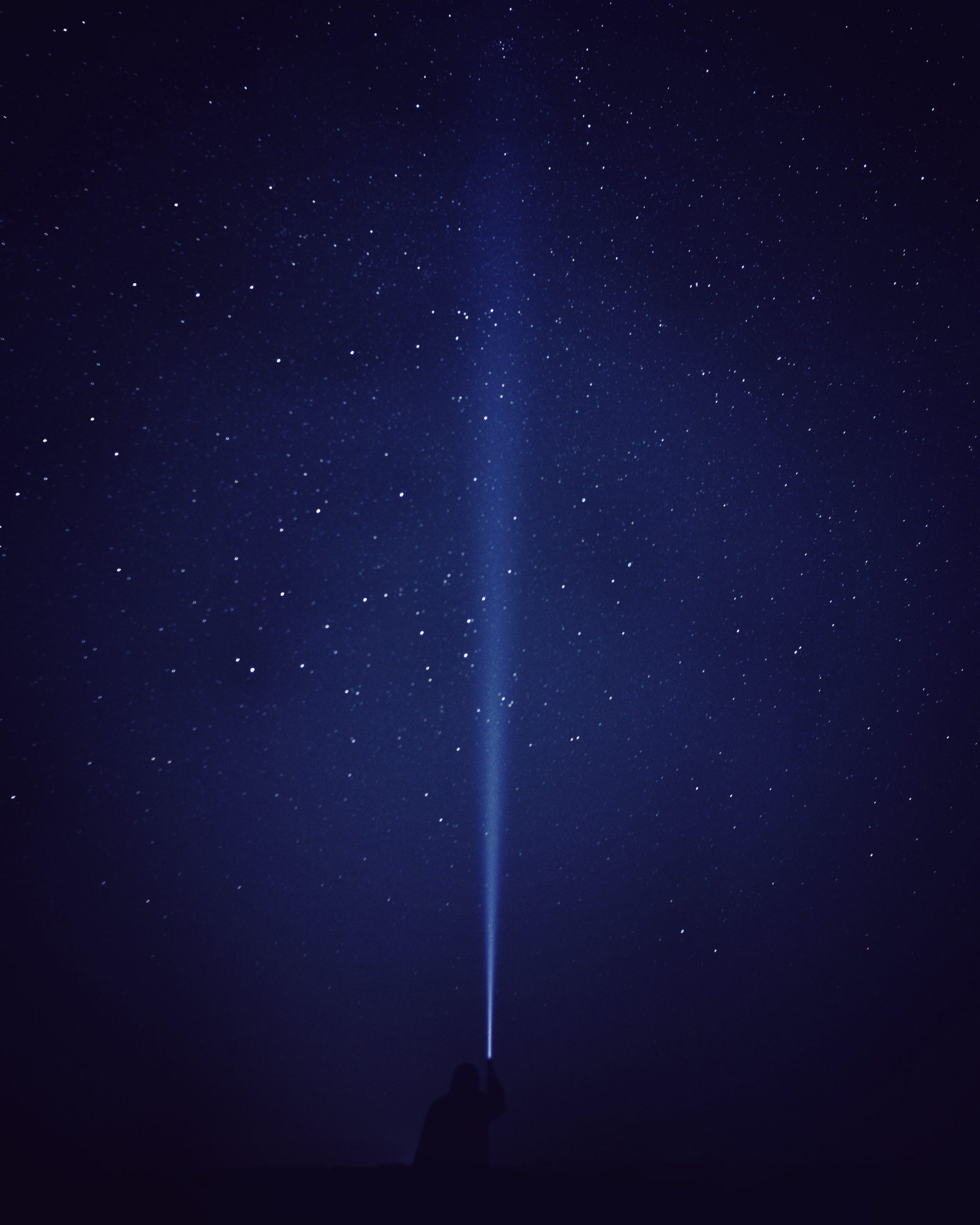Moon Phases for Dummies
Table of Contents
- Introduction
- Understanding Moon Phases
- New Moon
- Waxing Crescent
- First Quarter
- Waxing Gibbous
- Full Moon
- Waning Gibbous
- Last Quarter
- Waning Crescent
- Conclusion
Introduction
Have you ever looked up at the night sky and wondered about the different phases of the moon? The moon’s appearance changes throughout the month, going through various stages known as moon phases. Understanding these phases can help you appreciate the beauty of the moon while also learning a bit about astronomy.
Understanding Moon Phases
The moon’s phases are a result of its position in relation to the Earth and the Sun. As the moon orbits the Earth, different amounts of sunlight reflect off its surface, leading to the different phases we observe from Earth.
There are eight primary moon phases: New Moon, Waxing Crescent, First Quarter, Waxing Gibbous, Full Moon, Waning Gibbous, Last Quarter, and Waning Crescent. These phases occur in a predictable pattern as the moon moves through its lunar cycle, which takes approximately 29.5 days.
New Moon
The New Moon is the beginning of the lunar cycle. During this phase, the moon is situated between the Earth and the Sun, with the side of the moon illuminated by the Sun facing away from us. As a result, the moon appears completely dark and is not visible in the night sky.
It’s worth noting that the term “New Moon” can also refer to a specific moment in time when the moon aligns with the Sun in our sky. This alignment occurs approximately every 29.5 days and marks the start of a new lunar cycle.
Waxing Crescent
After the New Moon, a small sliver of the moon becomes visible, marking the beginning of the Waxing Crescent phase. During this phase, the illuminated portion of the moon increases each night, appearing as a crescent shape in the sky.
As the Waxing Crescent progresses towards the First Quarter, more and more of the moon becomes visible, providing stargazers with a beautiful view of the lunar landscape.
First Quarter
The First Quarter moon phase occurs when the moon has completed approximately one-quarter of its orbit around the Earth. During this phase, half of the moon is illuminated and visible as a half-moon shape.
Contrary to its name, the First Quarter is not precisely half the way through the lunar month; instead, it signifies that the moon has completed one-quarter of its journey around the Earth.
Waxing Gibbous
As the moon continues in its orbit, it enters the Waxing Gibbous phase. During this phase, the illuminated portion of the moon increases even further, resulting in a greater amount of the moon’s surface being visible in the night sky.
The Waxing Gibbous phase is a transitional stage leading up to the full moon and provides a stunning view, especially when observed with the aid of a telescope or binoculars.
Full Moon
The Full Moon is perhaps the most recognizable moon phase. The moon appears as a complete circle, fully illuminated by the Sun, as the Earth is positioned between the Sun and the moon.
Full Moons have captivated humans for centuries and are often associated with mystical beliefs and cultural traditions. They provide ample light during the night, making it easier to see and navigate outdoors.
Waning Gibbous
After the Full Moon, the moon enters the Waning Gibbous phase. During this phase, the illuminated portion of the moon begins to decrease, with less of the moon visible each night.
Similar to the Waxing Gibbous phase, the Waning Gibbous offers a remarkable view of the moon’s surface, especially through telescopes or binoculars.
Last Quarter
In the Last Quarter moon phase, the moon has completed three-quarters of its orbit around the Earth. This phase reveals exactly half of the moon’s surface illuminated in the night sky, but on the opposite side of the First Quarter phase.
Contrary to popular belief, the term “Last Quarter” does not indicate that it is the final phase of the lunar cycle. Instead, it denotes that the moon has reached three-quarters of its journey around the Earth.
Waning Crescent
The Waning Crescent phase marks the end of the lunar cycle, just before the moon transitions back into the New Moon phase. During this phase, a small crescent of the moon is visible, gradually decreasing in size each night.
The Waning Crescent phase offers stargazers a chance to observe a thin, beautiful crescent of the moon, signaling the approaching New Moon phase.
Conclusion
Understanding the moon phases allows us to appreciate the celestial dance that occurs between the Earth, the Sun, and the moon. From the invisible New Moon to the fully illuminated Full Moon and back again, each phase offers a unique viewing experience.
Next time you gaze at the night sky, try to identify the current moon phase and reflect on its beauty and significance. Whether you’re a dedicated astronomer or just a casual sky-watcher, the moon’s phases provide a fascinating insight into our ever-changing universe.
For more in-depth information about the moon, its phases, and its influence on Earth, visit NASA’s official website.
Table of Contents
